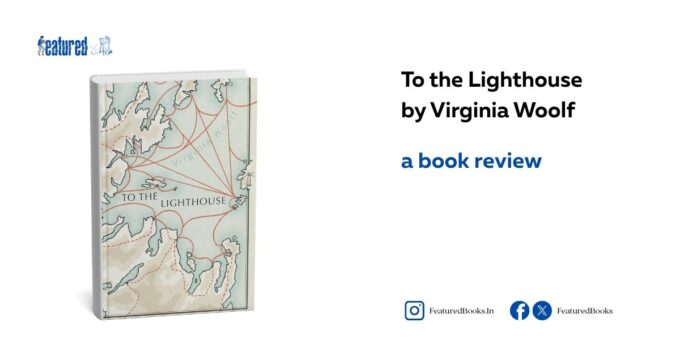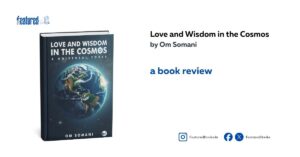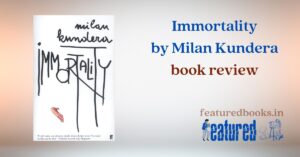To the Lighthouse is often hailed as Virginia Woolf’s masterpiece, a novel that redefines narrative form and psychological depth through its pioneering use of stream-of-consciousness. While many modernist works experiment with fragmented perspectives, Woolf’s novel stands apart in its ability to weave interiority, time, and human relationships into a seamless yet disorienting tapestry. The novel’s brilliance lies in its refusal to adhere to conventional plot structures, instead immersing the reader in the fluidity of thought and perception. However, this very innovation also presents limitations—accessibility, emotional distance, and narrative ambiguity that can frustrate as much as they fascinate. The question, then, is whether To the Lighthouse succeeds in elevating the stream-of-consciousness technique beyond mere experimentation into something universally resonant, or if its stylistic ambition ultimately alienates readers seeking coherence and emotional immediacy.
At its core, To the Lighthouse is a novel about absence—the absence of fulfilment, the absence of time, and, most poignantly, the absence of Mrs. Ramsay, whose death occurs offstage, between the novel’s two major sections. Woolf’s stream-of-consciousness technique allows her to explore these absences with unparalleled nuance. Unlike James Joyce’s Ulysses, where interior monologues often spiral into linguistic playfulness, Woolf’s prose remains lyrical and introspective, capturing the quiet turbulence of her characters’ minds. When Mr. Ramsay mourns his wife’s death, his grief is not articulated through dramatic soliloquies but through fleeting impressions, half-formed thoughts, and the oppressive weight of silence. This approach mirrors how memory and emotion function in real life—not as linear progressions but as fragmented echoes. In this sense, Woolf extends the usability of stream-of-consciousness beyond mere stylistic flair; she makes it a vehicle for existential inquiry.
Read: Greatest Novels Written by Women Novelists
Yet, for all its psychological richness, To the Lighthouse can feel emotionally distant. The novel’s refusal to linger on dramatic moments—Mrs. Ramsay’s death, the war that interrupts the family’s return to the island, creates a peculiar detachment. Compare this to the raw emotionality of a novel like D.H. Lawrence’s Sons and Lovers, where the characters’ passions and conflicts are rendered with visceral intensity. Woolf’s characters, by contrast, often feel like vessels for ideas rather than fully embodied individuals. Lily Briscoe’s artistic struggles, for instance, are compelling as a meditation on creativity and legacy. Still, she remains an abstract figure compared to the flesh-and-blood protagonists of traditional realism. This is not necessarily a flaw—Woolf’s project is to depict consciousness, not to replicate reality—but it does limit the novel’s emotional grip. The stream-of-consciousness style, while revolutionary, risks reducing human experience to a series of impressions, leaving little room for the catharsis that more conventional narratives provide.
Where To the Lighthouse truly excels is in its manipulation of time. The novel’s middle section, “Time Passes,” is a tour de force of modernist experimentation, compressing a decade of decay and transformation into a few haunting pages. Here, Woolf’s prose becomes almost cinematic, panning across the empty house as nature and history encroach upon it. This section elevates the novel beyond a mere family drama into a meditation on impermanence. No other writer—not even Proust in In Search of Lost Time—has captured the relentless march of time with such economy and lyricism. However, this very brilliance also underscores a limitation: the novel’s pacing can feel uneven. The first section, “The Window,” luxuriates in the minutiae of a single afternoon, while the final section, “The Lighthouse,” rushes toward its conclusion with abrupt shifts in perspective. Readers accustomed to the rhythmic cadence of traditional storytelling may find this structure disorienting, even unsatisfying.
Another point of contention is Woolf’s treatment of gender and creativity. Lily Briscoe’s struggle to complete her painting—despite Mr. Tansley’s dismissive remark that “women can’t paint, women can’t write”—resonates as a feminist statement. Yet, Woolf’s portrayal of Mrs. Ramsay as the archetypal nurturer, a woman whose identity is inextricable from her domestic role, complicates this reading. Unlike Charlotte Brontë’s Jane Eyre or Kate Chopin’s Edna Pontellier, who actively rebel against societal constraints, Mrs. Ramsay embodies them, leaving Lily to navigate the tension between artistic ambition and feminine expectation. This ambiguity is deliberate—Woolf is too subtle a writer to deliver polemics—but it also leaves the novel’s feminist message frustratingly elusive. The stream-of-consciousness style, for all its insight, can obscure as much as it reveals, leaving key questions unresolved.
Ultimately, To the Lighthouse is a novel that demands patience and surrender. It does not offer the narrative pleasures of a Dickens or Austen novel—clear resolutions, moral clarity, or even consistent emotional engagement. What it does offer is something rarer: an immersive exploration of the mind’s inner workings, a depiction of time’s passage that feels both intimate and vast, and a prose style so finely wrought that every sentence hums with meaning. The stream-of-consciousness technique, in Woolf’s hands, becomes more than a modernist gimmick; it becomes a way of seeing the world. Yet, the novel’s limitations—its emotional reserve, its structural unevenness, its occasional opacity—are inseparable from its achievements. This is not a novel for everyone, nor does it seek to be. Its genius lies in its refusal to conform, even as it invites readers to lose themselves in its depths.
In the end, To the Lighthouse stands as a testament to Woolf’s belief that fiction should reflect the “myriad impressions” of human consciousness. Whether this makes for a satisfying reading experience depends on what one seeks from literature. For those willing to embrace its challenges, the novel offers rewards unlike any other—a glimpse into the flickering, elusive nature of thought itself. For others, it may remain a beautiful but baffling artefact of modernism’s extremes. Either way, its place in the literary canon is secure, not despite its difficulties but because of them.
Priya for Featured Books
…



